Blue is a versatile and calming color that can create a serene and inviting atmosphere in a dining room. The key to using blue in a dining room is to find the right shade that complements the rest of the decor and creates a cohesive look. A navy blue dining room with white accents can give off a classic and elegant vibe, while a teal dining room with pops of yellow can feel energetic and modern. To add a touch of sophistication, try incorporating royal blue velvet chairs or cobalt blue accent pieces. For a more subtle approach, opt for powder blue walls paired with white or cream furniture. You can also use blue as an accent color through patterned curtains or blue and white china on display.Blue Dining Room Ideas
Green is often associated with nature and can bring a sense of tranquility and freshness to a dining room. There are many shades of green to choose from, and each one can create a different atmosphere in the space. For a cozy and inviting dining room, consider using olive green or sage as the main color. These hues can also pair well with earthy tones such as brown or beige. If you want to make a statement, go for a bold and vibrant green such as emerald or lime. These shades can add a pop of color and create a dramatic effect. To balance out the intensity, incorporate neutral elements like white or gray furniture and wooden accents.Green Dining Room Color Schemes
Neutral colors are a popular choice for dining rooms as they can create a timeless and elegant look. Shades such as gray, beige, and taupe can add depth and warmth to the space without being too overwhelming. These hues also serve as a great backdrop for bold or colorful accents. To add interest and prevent the room from looking too plain, consider using different textures like linen, velvet, or leather. These materials can add dimension and make the space feel more inviting. You can also incorporate metallic accents like gold or silver to add a touch of glamour to the neutral color scheme.Neutral Dining Room Paint Colors
If you want to make a statement in your dining room, consider using a bold wall color. This can be a deep red, rich purple, or dark green that will immediately draw attention and add a sense of drama to the space. Keep in mind that bold colors work best in rooms with ample natural light and high ceilings to prevent the room from feeling too small or dark. To balance out the intensity of the wall color, use lighter or neutral colors for the rest of the decor, such as white or cream furniture, light-colored curtains, and metallic accents. This will create a balanced and harmonious look in the dining room.Bold Dining Room Wall Colors
Warm colors such as red, orange, and yellow can create a welcoming and inviting atmosphere in a dining room. These hues are perfect for rooms that are used for entertaining and gathering as they can stimulate conversation and create a lively ambiance. To create a warm dining room, consider using a red accent wall paired with orange or yellow accents throughout the space. You can also add warmth through wooden elements, earth-toned decor, and soft lighting. This will create a cozy and inviting space for you and your guests to enjoy.Warm Dining Room Color Palette
If you prefer a more relaxing and calming dining room, consider using cool colors such as blue, purple, or green. These hues can create a serene and tranquil atmosphere, making them perfect for casual and intimate gatherings. To incorporate cool colors in your dining room, consider using pastel shades of blue, purple, or green. These colors can add a touch of softness and subtlety to the space. You can also add natural elements like plants or wooden accents to enhance the calming effect.Cool Dining Room Color Ideas
Dark colors can add a touch of sophistication and drama to a dining room. Shades like charcoal, navy, and dark green can create a luxurious and elegant atmosphere. However, it's important to use these colors in a room that receives ample natural light to prevent the space from feeling too dark and gloomy. When using dark colors in a dining room, it's important to balance them out with lighter elements. This can be done through white or light-colored furniture, soft lighting, and mirrors to reflect light and make the space feel brighter.Dark Dining Room Paint Colors
Light colors are a popular choice for dining rooms as they can make the space feel bright, airy, and spacious. Shades such as white, cream, and light gray can serve as a blank canvas for you to add pops of color and personalize the space. To create a timeless and classic dining room, opt for a white or cream color scheme and add interest through patterns and textures. You can also use light colors as a backdrop for bold and colorful accents such as pink, blue, or yellow.Light Dining Room Color Trends
An elegant dining room can be achieved through the use of rich and sophisticated colors. Shades such as burgundy, emerald, and navy can create a dramatic and luxurious atmosphere. These colors can also add a touch of formality and elegance to the space. To create an elegant dining room, opt for deep and rich hues for the walls and use luxurious materials like velvet, silk, or marble for the furniture and decor. You can also add metallic accents like gold or silver to add a touch of glamour.Elegant Dining Room Color Scheme
For a modern dining room, consider using monochromatic color schemes or bold and contrasting colors. Shades such as black, white, and gray can create a sleek and minimalistic look, while bold colors like orange, teal, and yellow can make a statement and add a touch of playfulness. To create a modern dining room, opt for clean and simple lines for the furniture and decor. You can also incorporate geometric patterns and metallic accents to add a touch of contemporary style. Don't be afraid to mix and match different colors and textures to create a unique and modern look in your dining room.Modern Dining Room Color Inspiration
The Importance of Choosing the Best Color for Your Dining Room

Creating the Perfect Dining Experience
 When it comes to designing our homes, we often focus on functionality and aesthetics. However, one important aspect that should not be overlooked is the color scheme of our living spaces. This is especially true for the dining room, as it is a place where we gather with our loved ones to share meals and create memorable moments. The right color choice can set the mood, enhance the dining experience, and create a welcoming atmosphere. Here are some tips on how to choose the best color for your dining room.
When it comes to designing our homes, we often focus on functionality and aesthetics. However, one important aspect that should not be overlooked is the color scheme of our living spaces. This is especially true for the dining room, as it is a place where we gather with our loved ones to share meals and create memorable moments. The right color choice can set the mood, enhance the dining experience, and create a welcoming atmosphere. Here are some tips on how to choose the best color for your dining room.
Harmonize with the Rest of Your Home
When choosing a color for your dining room, it is important to consider the overall color scheme of your home. The dining room should flow seamlessly with the rest of the house, creating a cohesive and harmonious look. This doesn't mean that the color has to be the same throughout, but rather complementary. For example, if your living room is painted in a warm beige, you can opt for a similar shade with a hint of red for your dining room to create a sense of continuity.
Consider the Size of the Room
The size of your dining room also plays a crucial role in color selection. For smaller dining rooms, lighter shades such as pastels or whites can make the space feel more open and airy. On the other hand, larger dining rooms can handle darker colors like deep blues or greens, which can create a more intimate and cozy atmosphere.
Think About the Mood You Want to Create
Different colors evoke different emotions and can set the tone for your dining experience. For a lively and energetic atmosphere, consider using warm and bold colors like red or orange. These colors can also stimulate appetite, making them perfect for dining rooms. For a more relaxed and serene atmosphere, cooler tones like blues and greens can create a calming effect. For a touch of elegance and sophistication, neutral tones like greys and beiges can add a touch of class to your dining room.
Don't Be Afraid to Play with Patterns
While choosing a solid color for your dining room is a safe choice, incorporating patterns can add depth and interest to the space. Consider using wallpaper or adding a statement piece of furniture with a bold pattern to create a focal point in the room. Just be sure to balance the patterns with solid colors to avoid overwhelming the space.
In conclusion, choosing the best color for your dining room is a crucial step in creating the perfect dining experience. By considering the overall color scheme of your home, the size of the room, the mood you want to create, and incorporating patterns, you can create a dining room that not only looks beautiful but also enhances the dining experience for you and your guests. So go ahead and have fun experimenting with colors to create a dining room that reflects your personal style and makes every meal a special occasion.


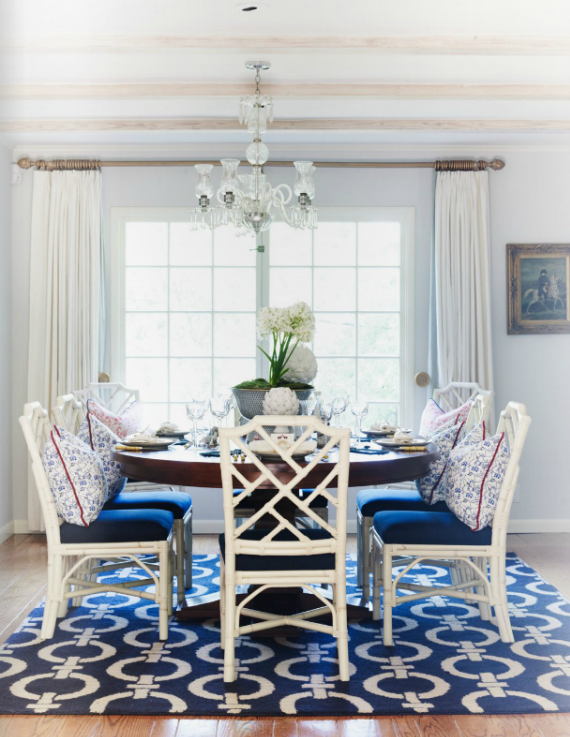
















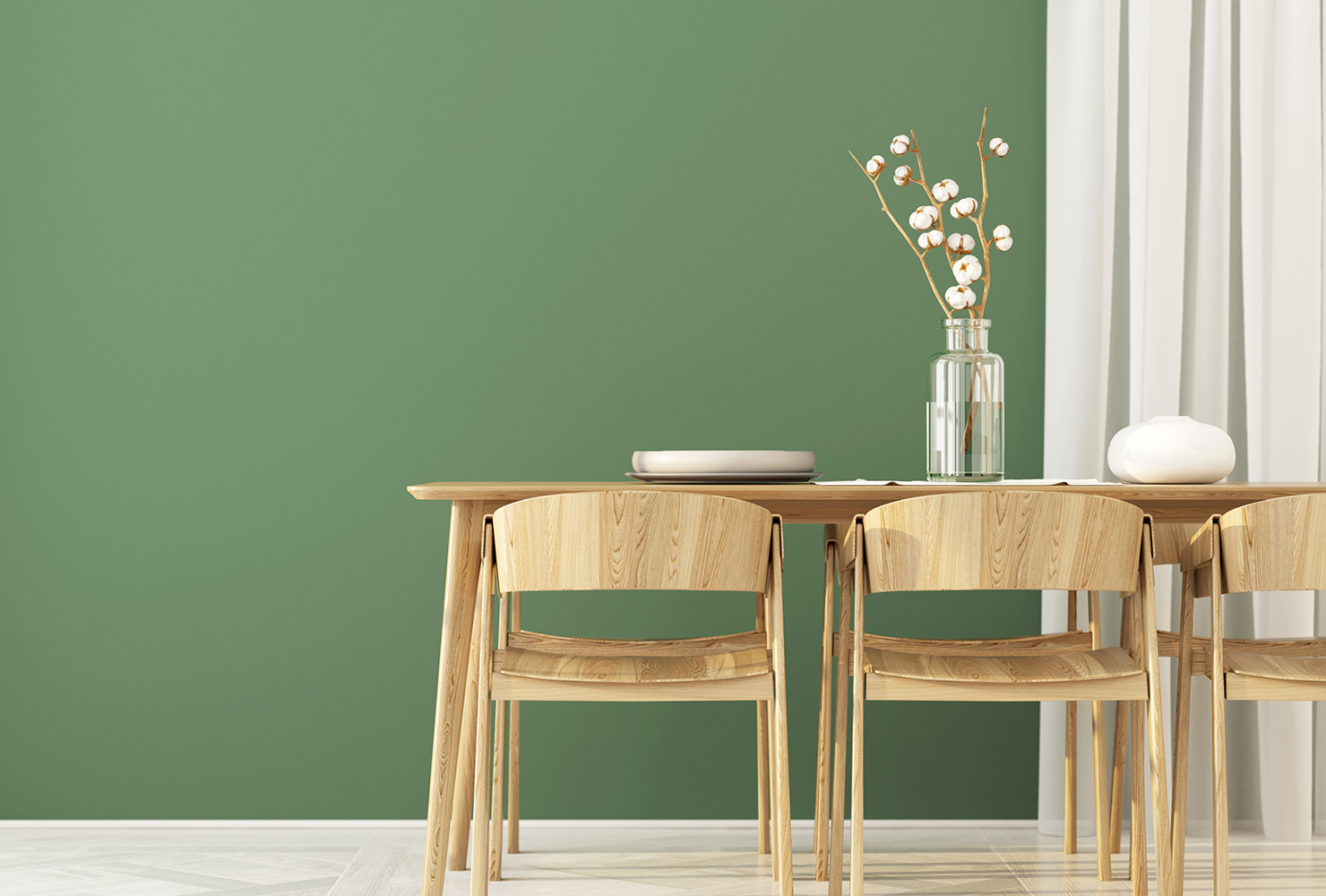


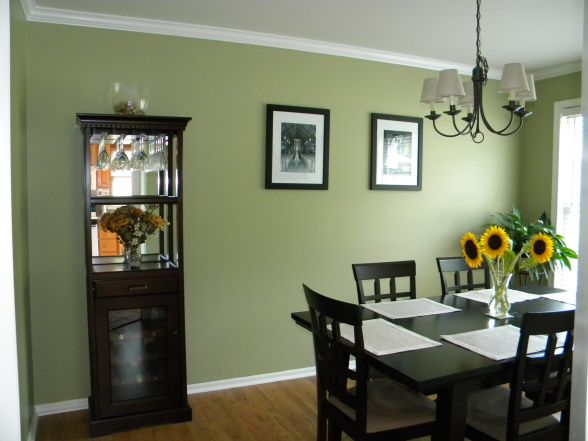


















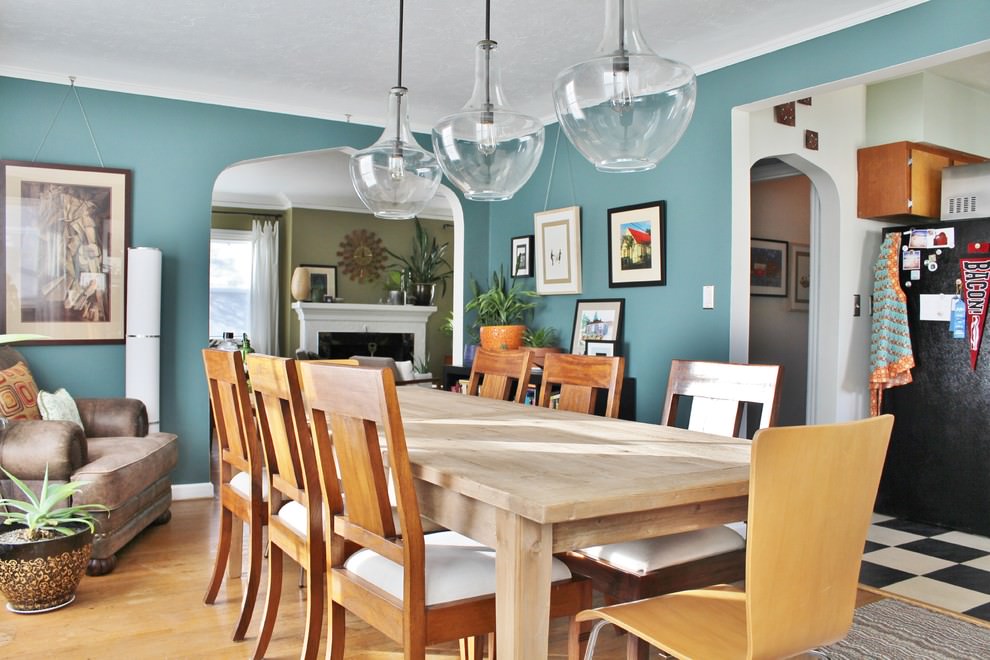

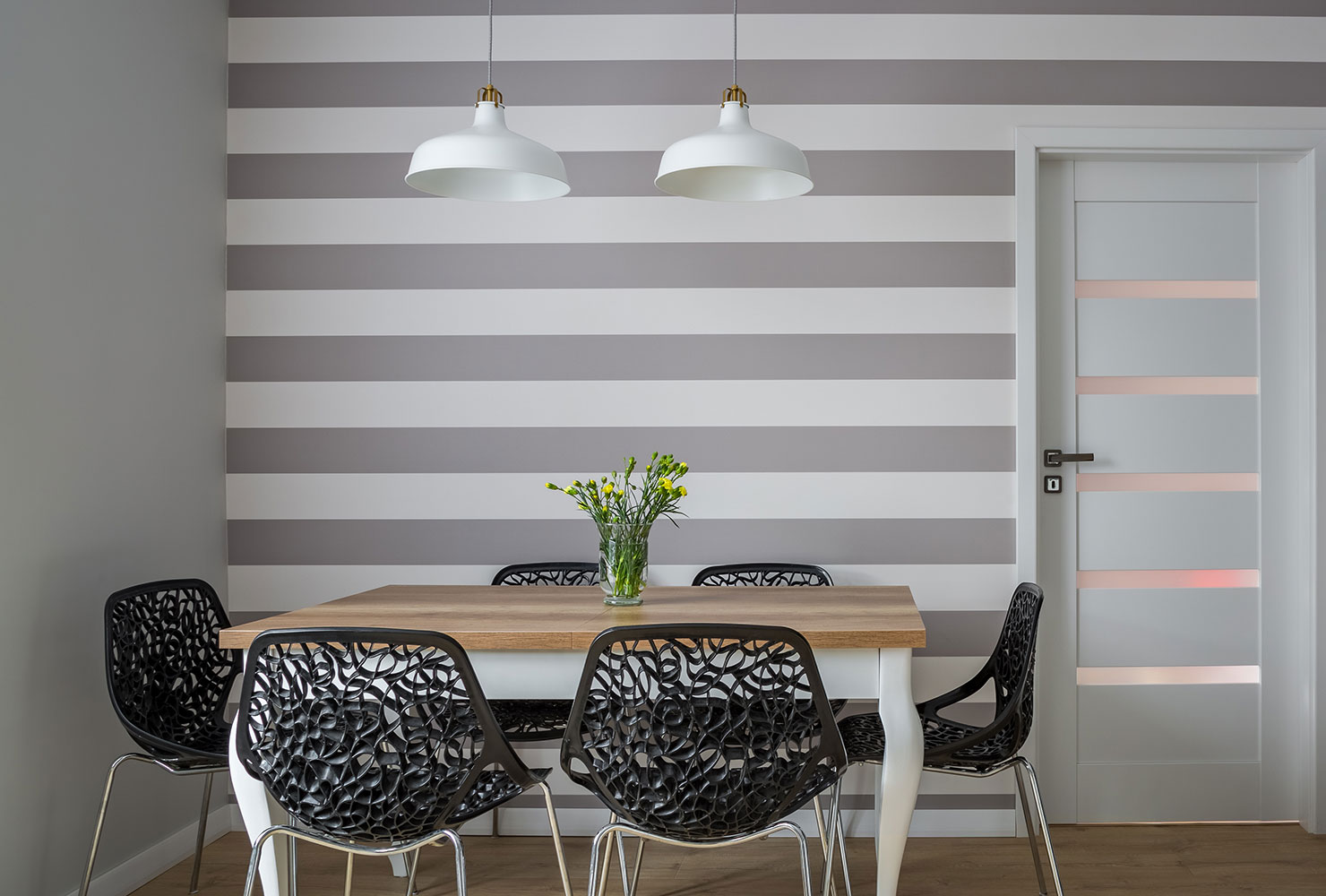










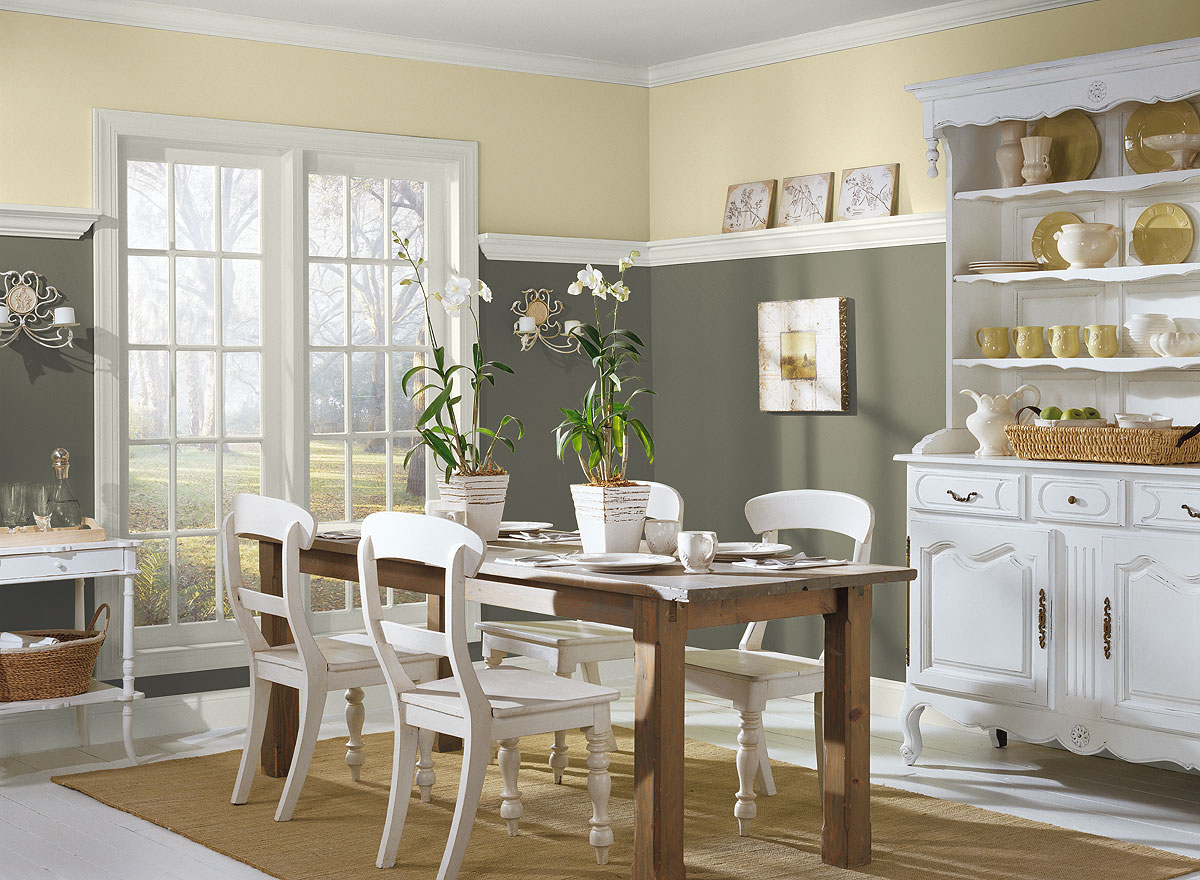





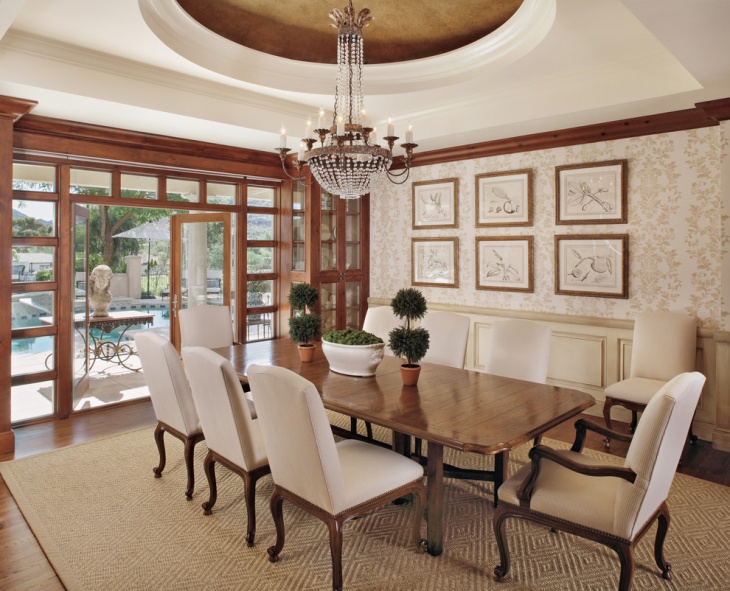







:max_bytes(150000):strip_icc()/cdn.cliqueinc.com__cache__posts__209952__if-you-do-this-one-thing-you-dont-need-to-redecorate-your-dining-room-1997706-1480544442.700x0c-7744b38e1e3c4806bd6da128e6d789b6.jpg)



.jpg)

















:max_bytes(150000):strip_icc()/DesignbyEmilyHendersonDesignPhotographerbyZekeRuelas_30-ad51133a857343228a2c56f76a22825f.jpg)


:max_bytes(150000):strip_icc()/dining-room-color-scheme-gold-583dd1ba3df78c6f6a29bf70.png)

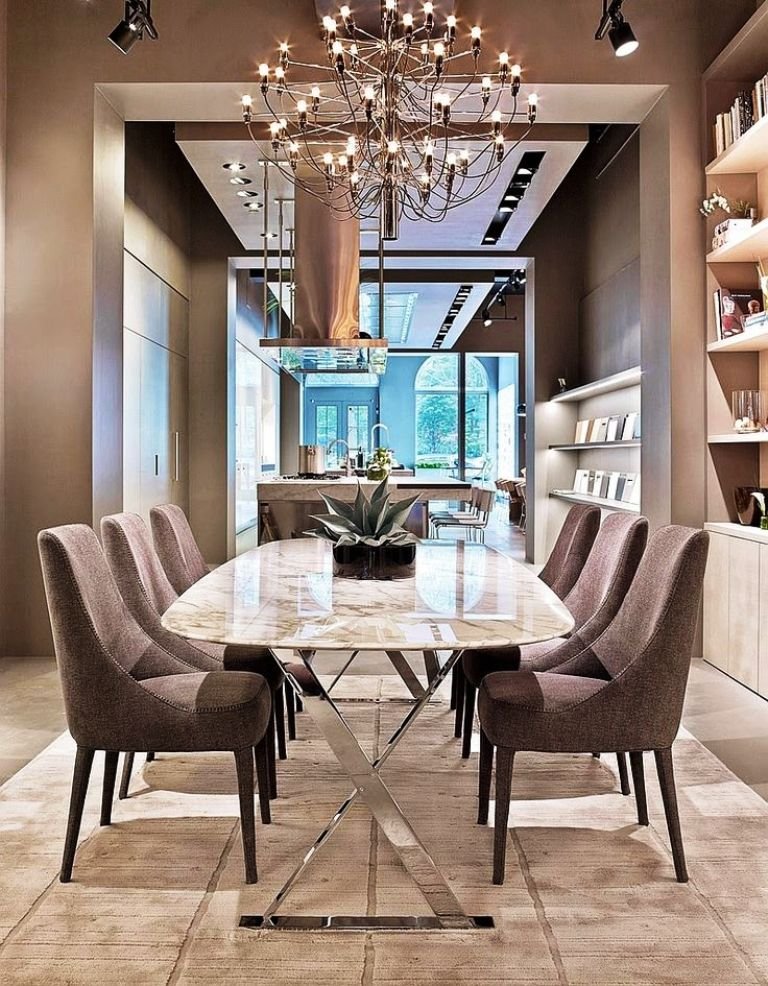

/modern-dining-room-ideas-4147451-hero-d6333998f8b34620adfd4d99ac732586.jpg)











